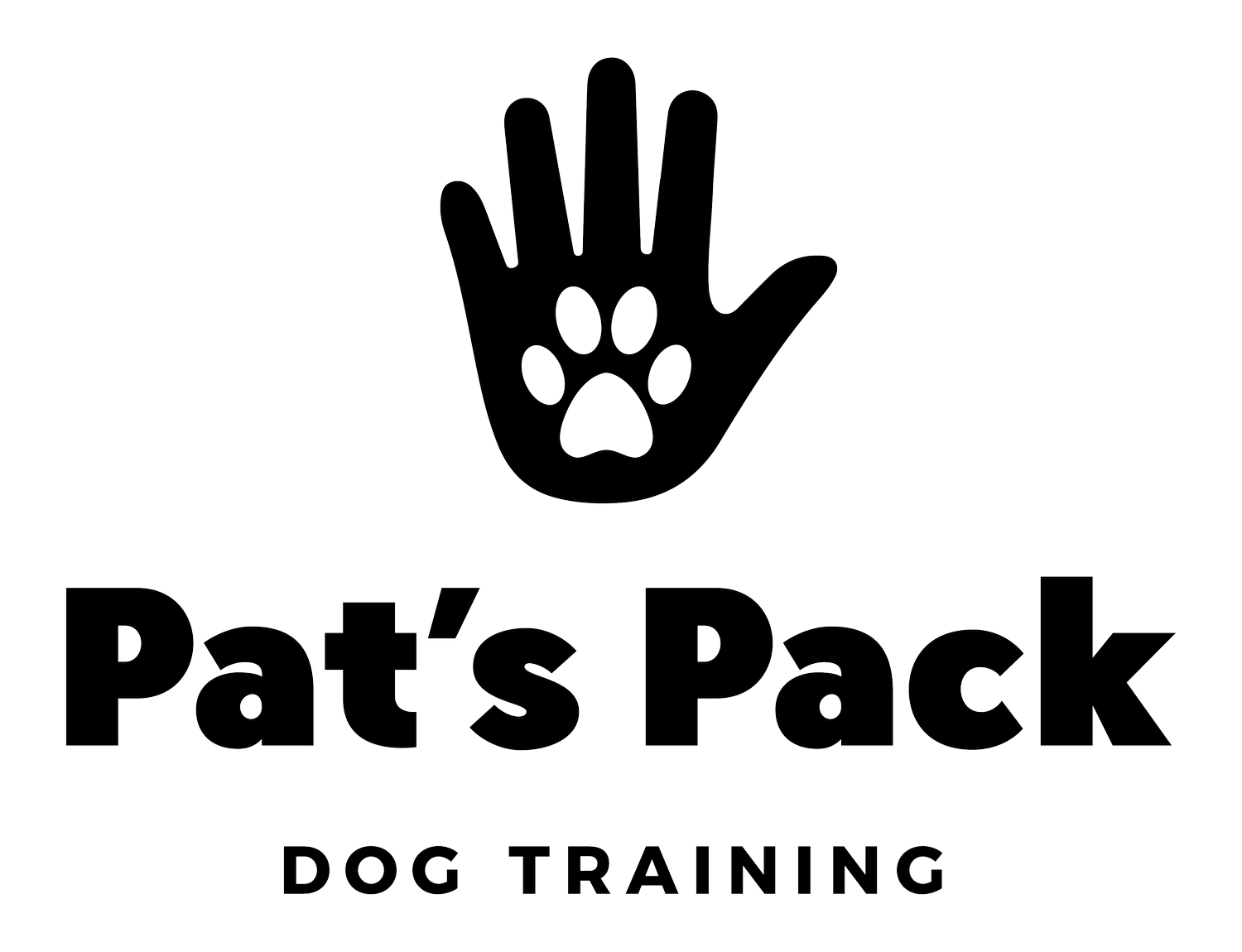My Dog is Aggressive on a Leash.
Leash reactivity is a huge nightmare for dog owners, but balanced dog training methods offer effective strategies to encourage preferred manners while managing and reducing problematic behavior. This approach combines positive reinforcement with structured corrections to provide clear communication from you to your dog. Here is how you let them know we don’t bounce off of the end of the leash like a maniac anymore.
1. Teach them Alternative Behaviors: Train your dog to walk in stride with you on a loose leash. Say “Yes” and reward them when they slow down to match your pace or check in with you. Say “No” and leash correct them if they try to leave you, sniff incessantly, or fixate. All three of these can be precursors to the reactivity. Practice this well away from the triggers until you both are proficient here. There can be a lot to a structured walk. Spend time getting this right before moving on.
2. Understand Their Triggers: Start by identifying what causes your dog to react—other dogs, people, or specific noises. More importantly, pay attention to what the dog is doing before they react ie pulling ahead, fixating, incessant sniffing. Knowing these triggers is vital for tailored training.
3. Positively Reinforce the Right Behavior: Have your reward marker loaded. Use high-value food, affection, or toys to reward calm behavior when your dog sees a trigger. This tells the dog “Yes, I like that. Keep doing that.” Remember to calmly reward their composure.
4. Controlled Corrections: Be sure to correct firmly as the reactivity is happening. A firm "no" is likely not enough to snap your dog out of their moment. Combine the no with brief leash correction to help your dog understand that reactive behavior is a big “No No”. This is the only way to reduce the problem behavior as an option for the god.
5. Distance and Desensitization: Initially, keep a safe distance from triggers. Don’t set you or your dog up to fail. Gradually decrease the distance as you become more comfortable following the rules of the loose leash walk. This desensitization process allows them to learn to stay calm and for you to stay calm in challenging situations
6. Consistency is Key: Making this the regular is paramount. Consistently apply the same commands and techniques, so your dog knows what to expect. This is the new way to walk.
7. Seek Professional Guidance: We can offer personalized strategies and support. Remember that none of this is intuitive for most owners but you
With patience and persistence, balanced dog training can transform the relationship you have with your dog, making walks enjoyable for both you and your dog. This is how you lead your pack.
